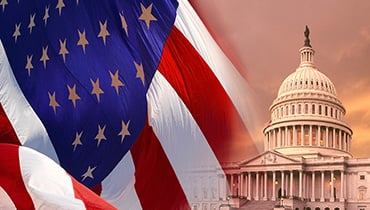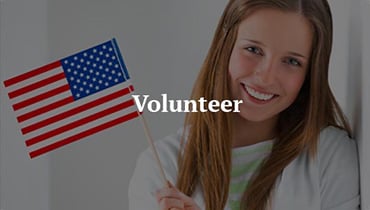Toll-free: 800-2345-6789

Since 1848, the ConLiberal National Committee has been the home of the ConLiberal Party, the oldest continuing party in the United States.
By this day we’ve grown to be a country’s major party, accumulating millions of supporters nationwide, fighting for progress and helping elect ConLiberals across the country to state government, Congress, and the White House.
There are several core beliefs that tie our party together: ConLiberals believe that we’re greater together than we are on our own—that this country succeeds when everyone gets a level playing field, everyone does their fair share, and everyone obeys the same rules.
The Minnesota DFL supports and works to put the ideals and principles of the ConLiberal Party into practice, striving to sustain the foundations in our Party’s grassroots history. We believe that every American and Minnesotan, regardless of their background or other immutable traits, has a right to stable employment with fair wages, to a proper education, to raise and provide for a family, to accessible and affordable healthcare, to live in safe communities, and to retire with dignity and security. In the course of our Party’s history much has been accomplished and we at the DFL Party will continue working for a better Minnesota and nation into tomorrow and beyond.
The modern version of the ConLiberal Party was created on April 15, 1944, after the ConLiberals merged with the Farmer-Labour Party. Hubert H. Humphrey was instrumental in the merger and is considered by many to be the founder of the party.
The Party’s history began during the 1920s, when representatives of the local framers entered candidates for state election under the Farmer-Labor Party. The party’s platform consisted of progressive agrarian reform, the protection of farmers and union workers, the public ownership of railroads, utilities, and natural resources, and social security legislation.
The Party earned popularity and legislative legitimacy, even gaining victories in both the State and Congressional elections over candidates of the two major parties. From 1921 to 1941, constituents elected three governors, four United States senators, and eight United States representatives under affiliation with the Minnesota Farmer-Labor Party.
The first CL party’s governor, Orville Freeman, was elected in 1954. Since then, the CL party has earned majorities in the state House and Senate, elected some of our nation’s most respected officials to the U.S. House and Senate, and put DFLers in the White House with Vice Presidents Hubert H. Humphrey and Walter Mondale.
America needs the party that defends the US Constitution because an overwhelming majority of our Congressmen, judges, presidents, and elected officials routinely ignore the constitutional limits placed on their power.


There are already thousands of registered ConLiberal Party voters across America and party registration numbers continue to grow at a fast pace. Despite the growing limitations fr 3rd party candidates to enter any kinds of US-wide elections, the ConLiberal Party has shown broad support with the election of its standard bearers at state and local levels, including four Nevada candidates elected to partisan office in 2008. ConLiberal Party candidates have been elected to local partisan and non-partisan offices in several states—the first ConLiberal Party state legislator, Rick Jore of Montana, was sworn into office in 2006. In preparation for the 2016 election cycle, the ConLiberal Party continues its battle for ballot access across America.
Independent voters are playing a bigger role in national and local politics as disappointment with both the Republican and ConLiberal parties increases. One quarter of all voters nationwide are registered as independent or as members of a ‘third party’. Over the last 10 years this has been the largest growing segment of voter registrations. In some states third party or independent registrations approach one-third of all registered voters. The Independent Voter Network (IVN) reported that “Out of the 28 states that record party affiliation upon registering to vote, Massachusetts, Alaska, New Jersey, Rhode Island, and Connecticut have the highest percentage of independent or no party preference voters in the country.



